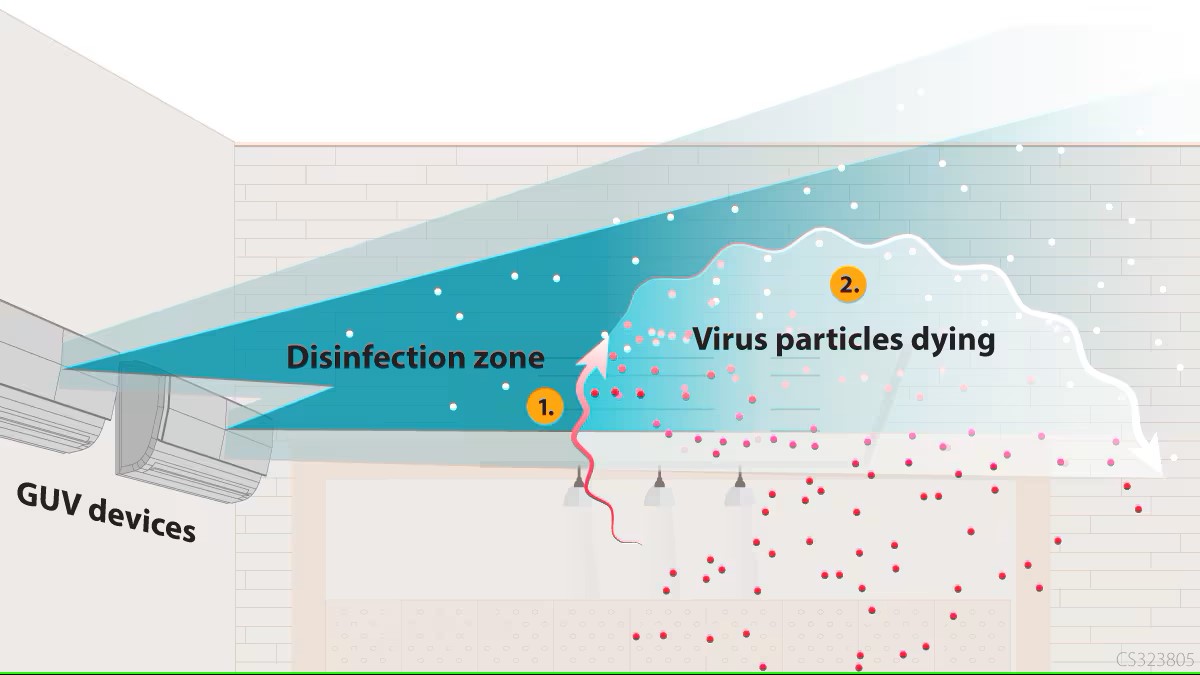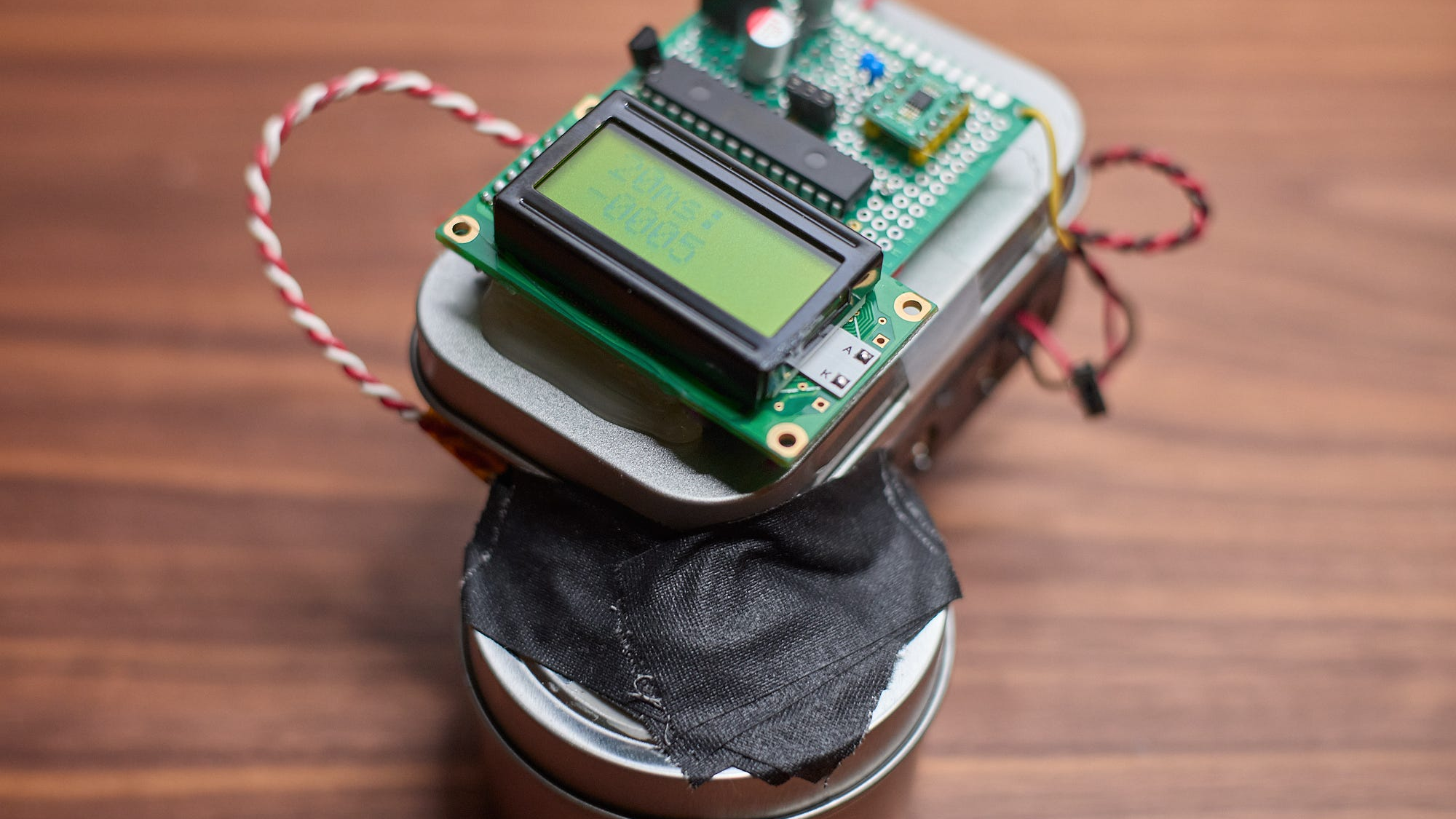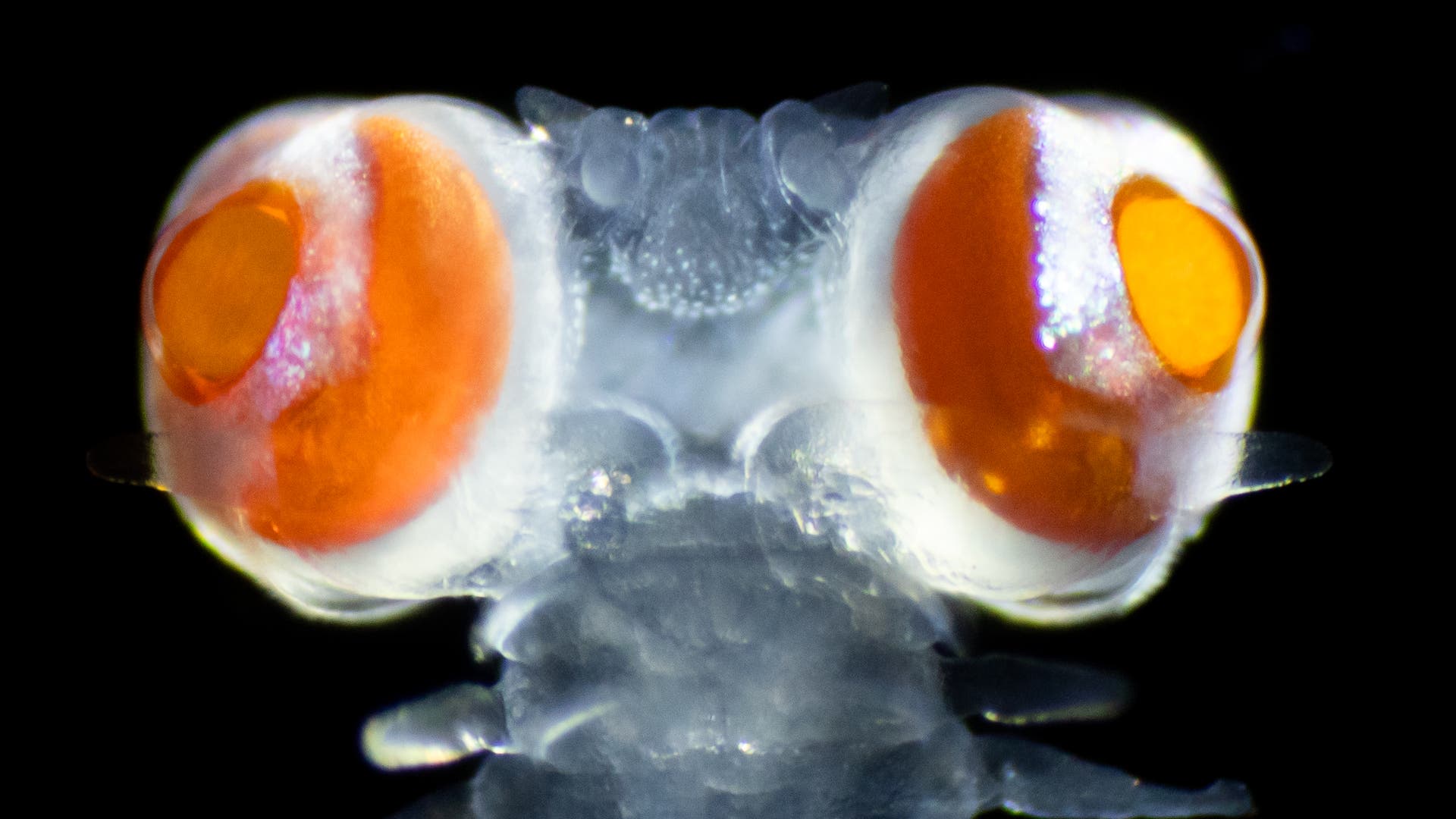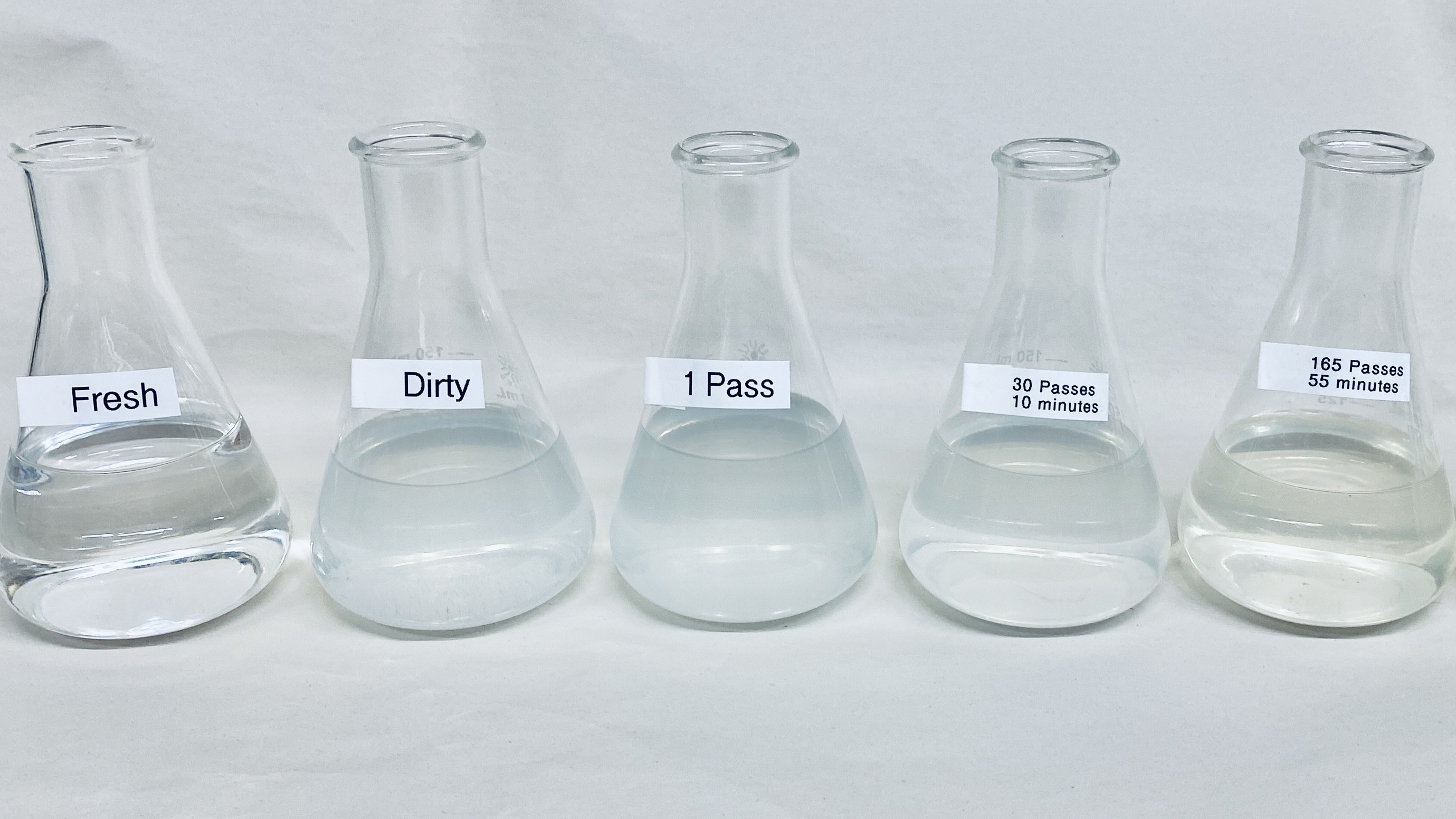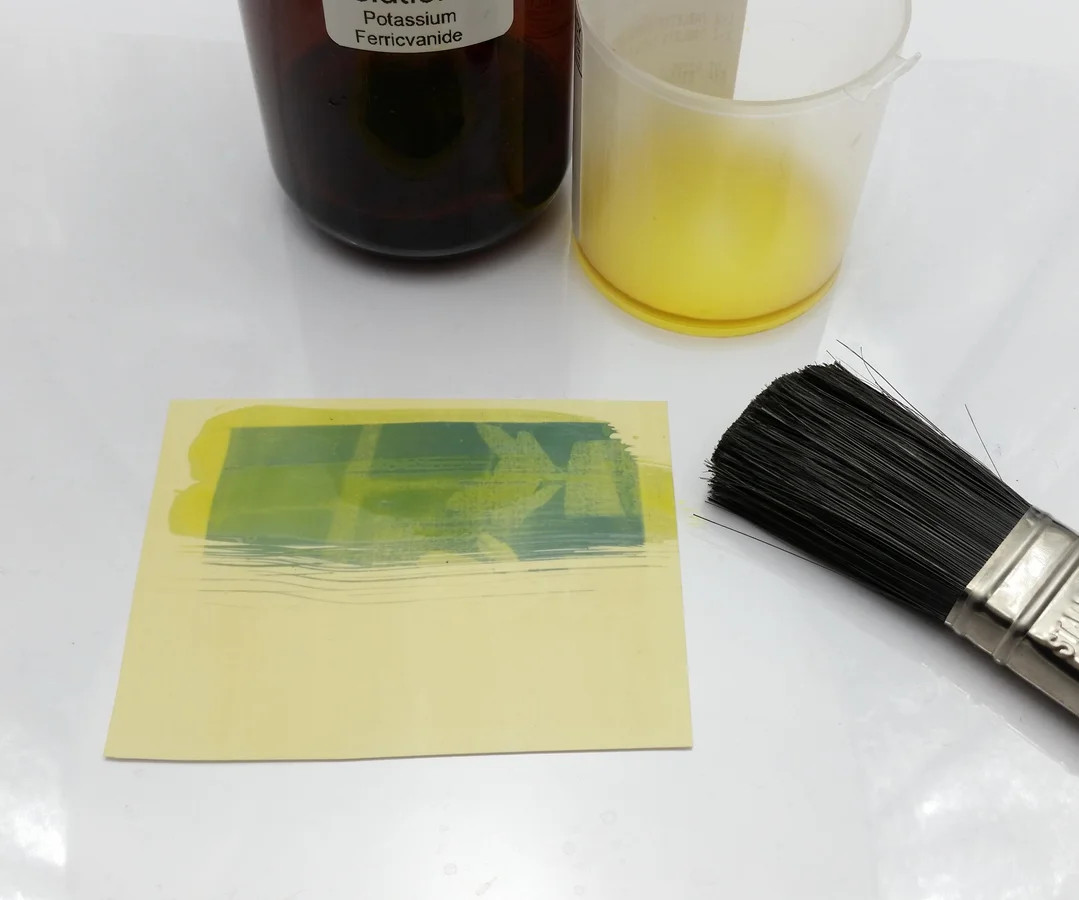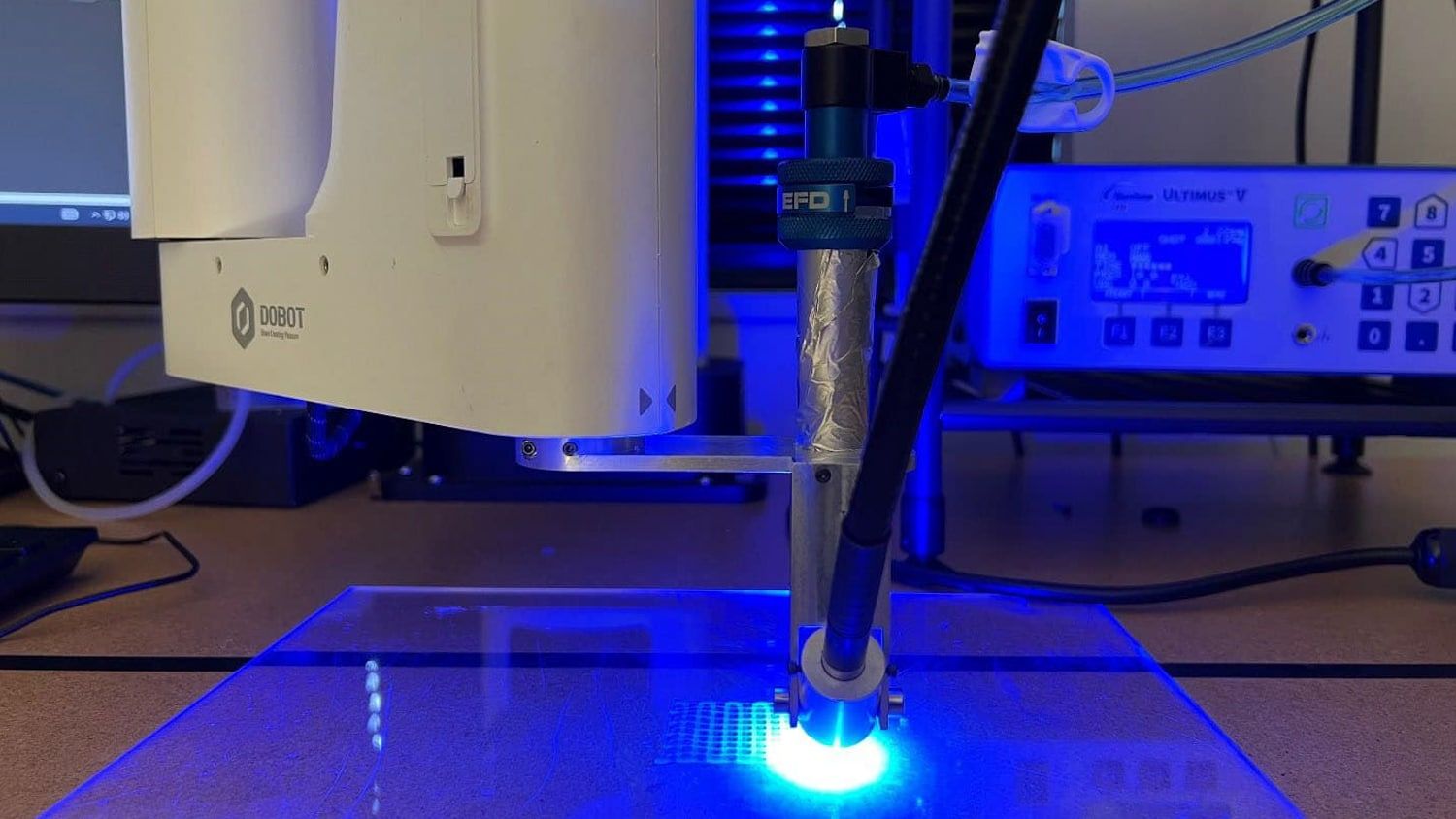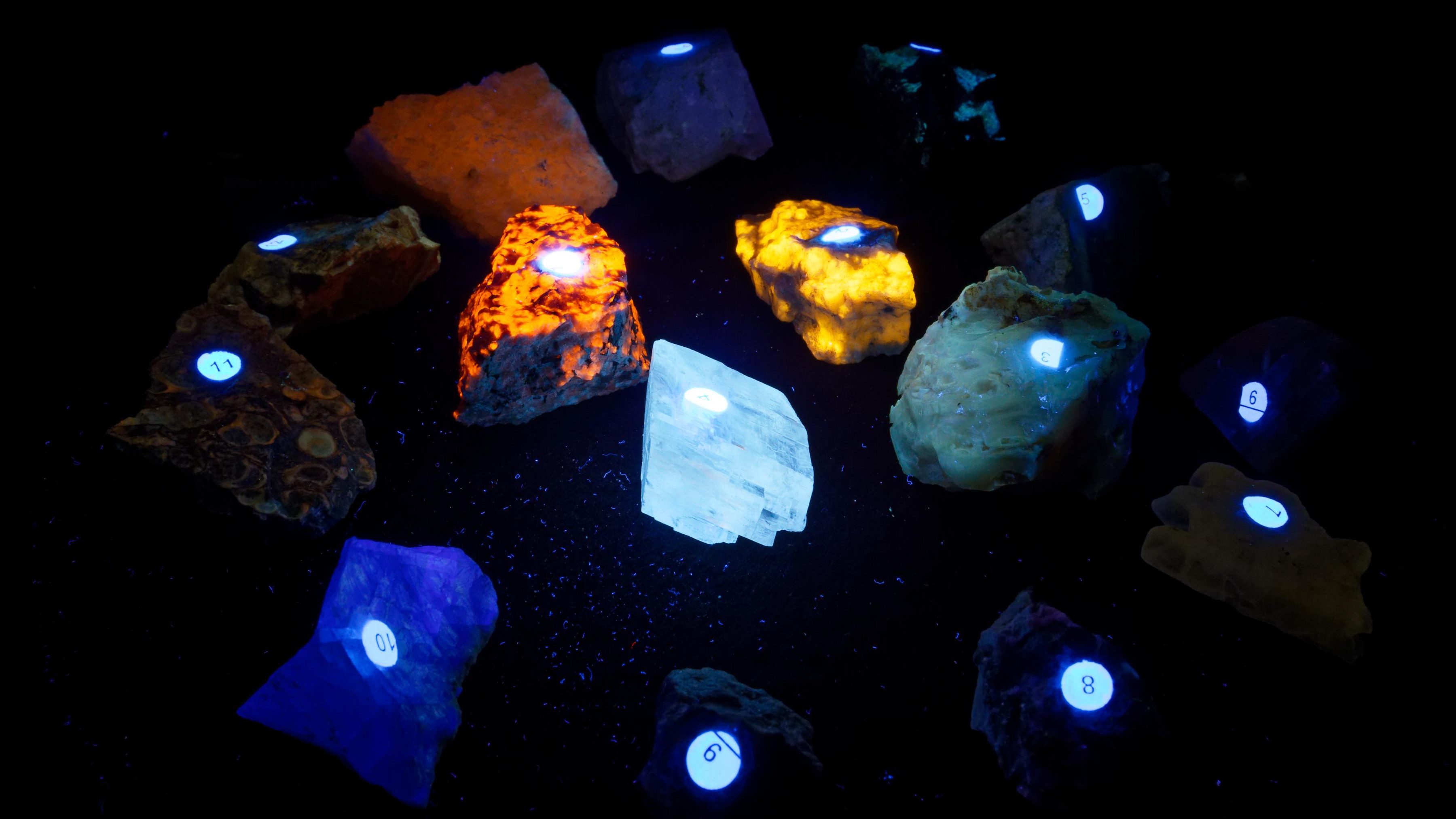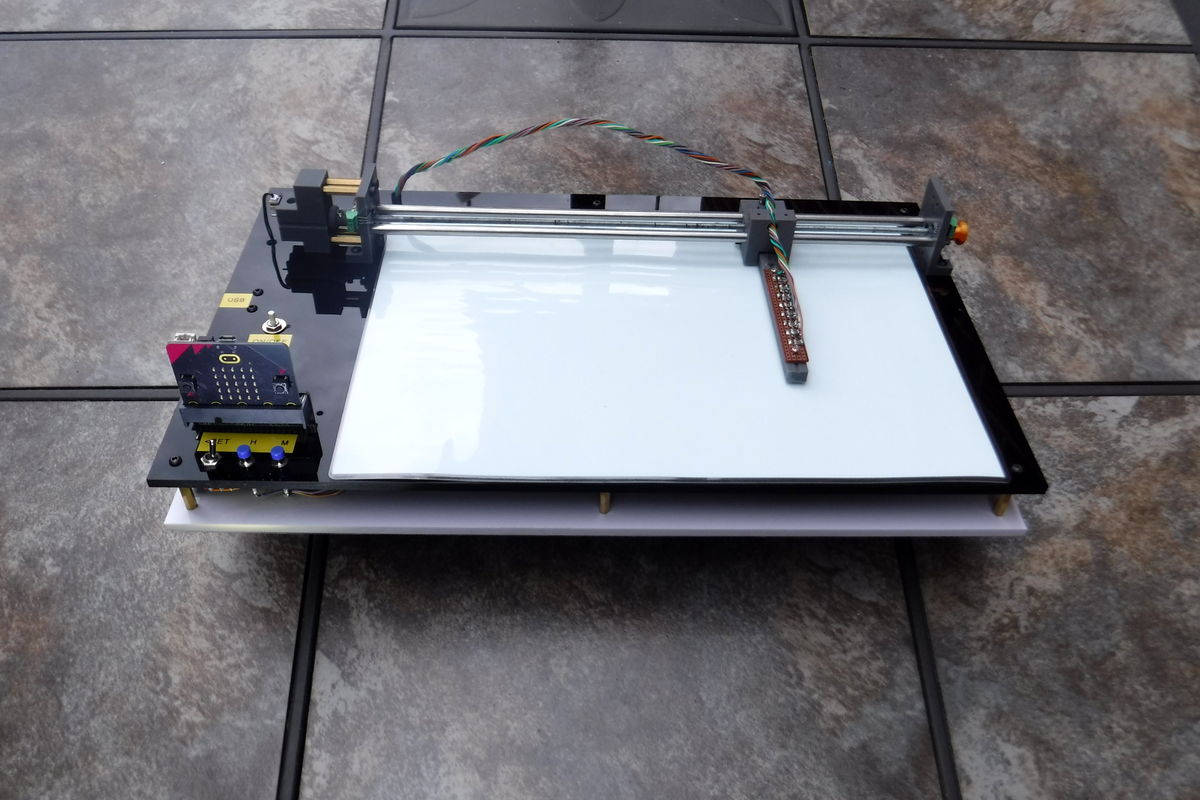One person like that
#uv
One person like that
3 Likes
#JohnLenardWalson | The #Secret #Star #Wars Project & Effect on Your Life | Oct. 29, 2024
Source: https://youtube.com/watch?v=1N3wLHNmT4Y
Description:
The #video was #narrated by #GaryMcKinnon
The Starfighters are real. The evidence is here. Twenty-five years in the making, the pictorial journals of the invention of the ‘Walson Device’ can now be told. The #information within will give you the #knowledge of #how to prove the existence of UAPs for yourself.
Packed with hundreds of video images, diagrams and artist renditions, this publication is unprecedented. No longer is it necessary to swoon endlessly over ‘little white dots’ depicted as ‘proof’ of the anomalous. The questions of ‘What is it?’ – ‘Where are they?’ and ‘What are they doing?’ are answered with an unfathomable level of accuracy. Prepare to have your paradigms smashed! This catalogue is factual and authentic.
#Thermal and #UV modified #Telescope is Thermal #Ultraviolet for #Space #Astronomy.
I have film hours of the thermal videos of low orbit and high orbit objects only visible in Thermal and UV IR modified Telescope is Thermal Ultraviolet and Space Astronomy IR-detecting semiconductor materials that produce our high-definition focal plane arrays, to advanced electronics and high-performance lens assemblies that provide extended identification ranges in the harshest operational environments.
Thermal imaging sensor employs the latest focal plane array technology to meet long-range surveillance and target identification requirements. PLANE WAVE mounts paramount ME telescope custom 18 inch F16 7000mm focal.
2 Likes
Riesige Augen ragen aus dem Kopf von Ringelwürmern hervor, die im Mittelmeer leben. Damit können die Tiere unfassbar gut sehen, womöglich sogar im UV-Bereich.#Augen #Ringelwurm #Vielborster #Mittelmeer #Wurm #Meer #Aasfresser #Licht #Sicht #UV #Alciopidae #Torreacandida #Vanadiscfformosa #Naiadescantrainii #Biologie
Scharfe Sicht: Der Glupschaugenwurm
Wie nimmt eine Biene ihre Umwelt wahr? Ein neuartiges Kamerasystem zeigt die Welt aus der Perspektive verschiedener Tiere, indem es ihre Farbwahrnehmungen rekonstruiert.#Farben #Farbensehen #Farbwahrnehmung #Sehen #UV #Ultraviolett #Licht #Farbrezeptoren #Fotorezeptoren #Stäbchen #Zäpfchen #Sinneszellen #Biologie
Die Welt mit den Augen von Tieren bestaunen
One person like that
2 Likes
One person like that
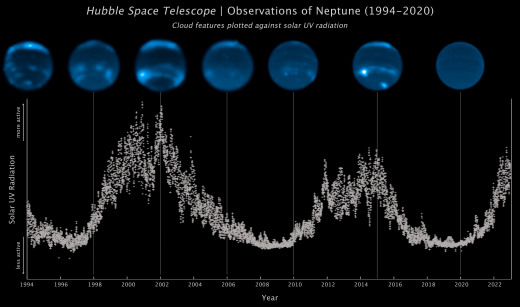
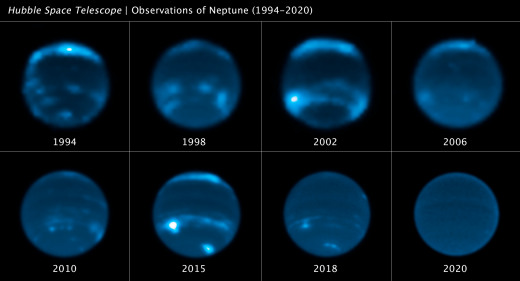
#SUNSPOTS MAKE #CLOUDS ON #NEPTUNE:
A new paper published Aug. 17th in the #research journal Icarus offers dramatic proof that solar activity can affect #planetary #weather. The big surprise: That planet is Neptune, 2.5 billion miles from the sun. Twenty-six years of images taken by the Hubble Space Telescope show bright clouds forming in sync with the 11-year solar cycle:
The connection between Neptune and solar activity is surprising to planetary scientists because Neptune is our solar system's farthest major planet and receives only 0.1% of the sunlight Earth receives. Yet Neptune's cloudy weather seems to be driven by solar activity, and not the planet's four seasons, which each last approximately 40 years.
"This is extremely exciting and unexpected," says Erandi Chavez, a graduate student at Harvard-Smithsonian's Center for Astrophysics, who led the study when she was a student at UC Berkeley.
The research team confirmed Hubble's results using data from the Webb Space Telescope, the Keck Observatory, and the Lick Observatory. The link between sunspots and Neptune's clouds appears to be solar ultraviolet (UV) radiation, which peaks when sunspot counts are high.
"Our findings support the theory that the #sun's #UV rays, when strong enough, may be triggering a photochemical reaction that produces Neptune's clouds," says Imke de Pater, emeritus professor of #astronomy at UC Berkeley and a senior co-author of the study.
Based on the data so far, it seems to take about two years for Neptune's clouds to fully form once the solar cycle reaches its peak. Solar Cycle 25 is rising now with a peak expected in 2024. This means Neptune's cloudy season is about to begin--a development amateur astronomers may be able to observe.
2 Likes
1 Comments
1 Shares
3 Likes
2 Shares
2 Likes
One person like that
[DE]Hiermit wird offiziell verkündet: Das geilste nach einer simplen led taschenlampe ist eine led UV taschenlampe!
[EN]Hereby it is officially announced: The hottest thing after a simple led flashlight is a led UV flashlight!
2 Likes
2 Comments
One person like that
#X-ray #Solar #Flares
6-hr max: X1 1548 UT Feb11

A DANGEROUS SUNSPOT: Sunspot AR3217 has a 'beta-gamma-delta' magnetic field that harbors energy for X-class solar flares. Indeed, it just unleashed one (see below). The sunspot is turning toward Earth so any flares this weekend are likely to be geoeffective.
SOLAR #FLARE AND RADIO BLACKOUT: Earth-orbiting satellites have just detected an X1.1-class solar flare from sunspot AR3217 (Feb. 11th @ 1548 UTC). Extreme #UV #radiation ionized the top of Earth's atmosphere, causing a strong shortwave radio blackout over South America
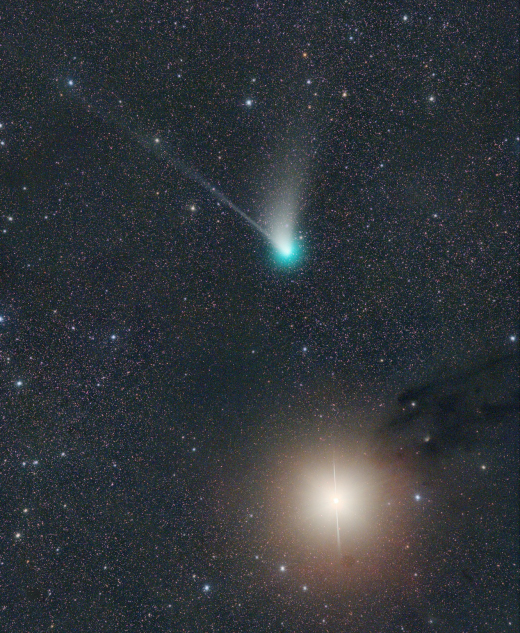
#Comet ZTF is approaching the ecliptic and is now near #Mars," says Jaeger. On. Saturday night they will be less than 1 degree apart.
The two celestial bodies are a study in contrast. Mars is red (due to rust in the planet's regolith). Comet ZTF is green (due to diatomic carbon in its atmosphere). Mars is 100 times brighter and easy to see with the unaided eye. Comet ZTF is nearly invisible.
https://spaceweather.com/
One person like that
One person like that
1 Shares
